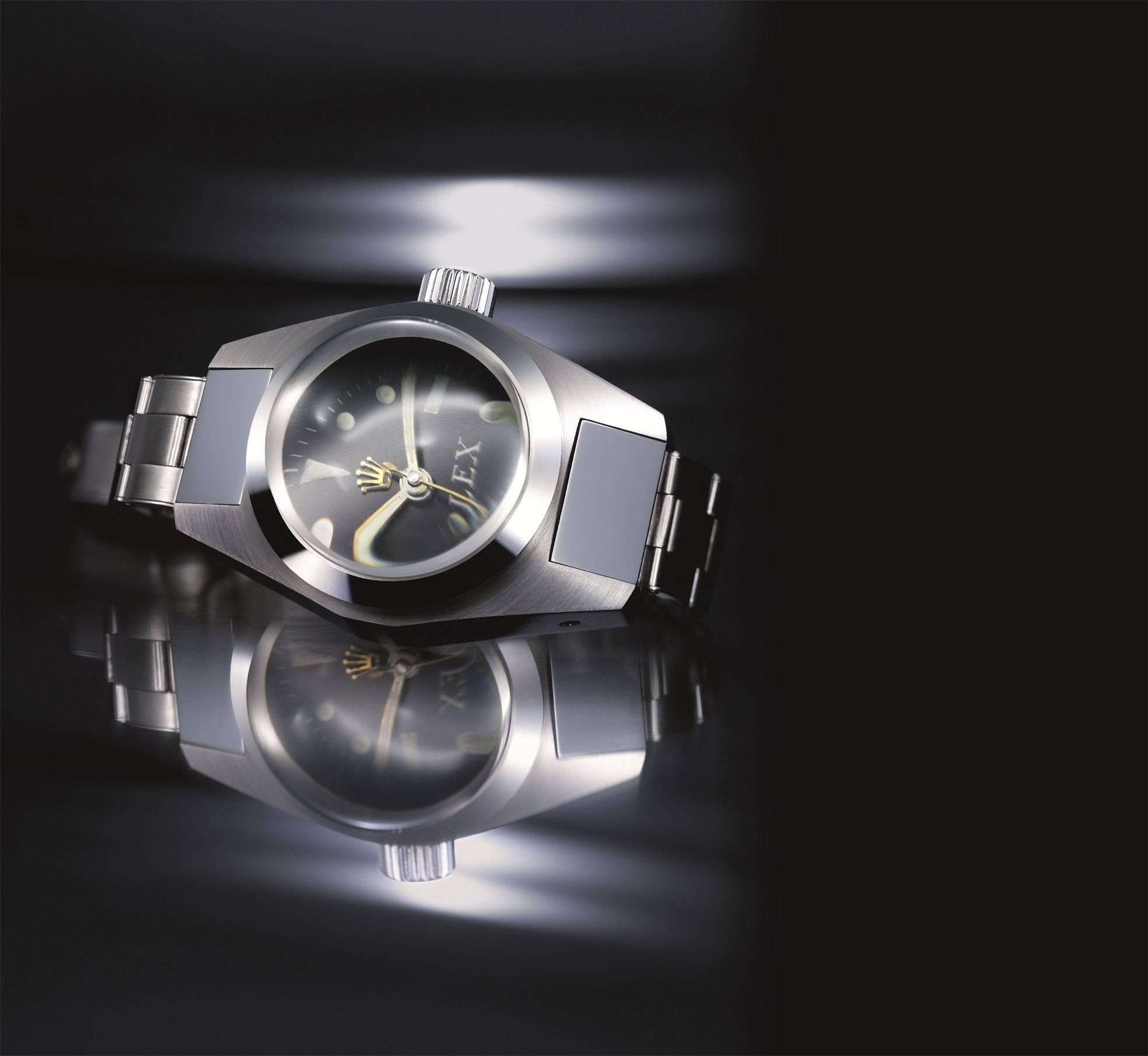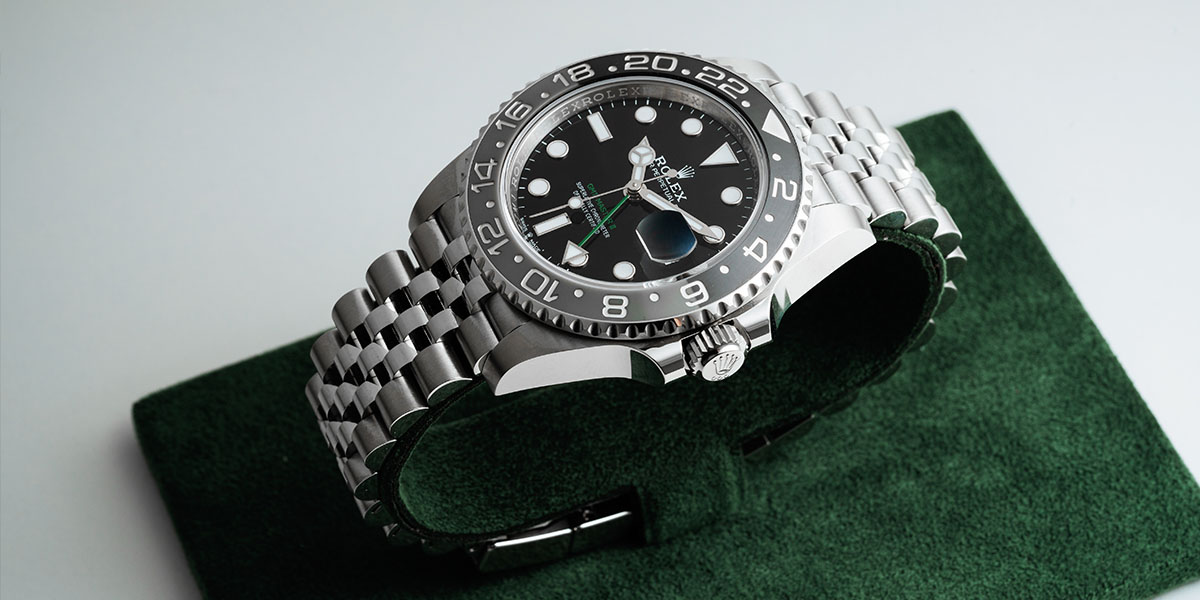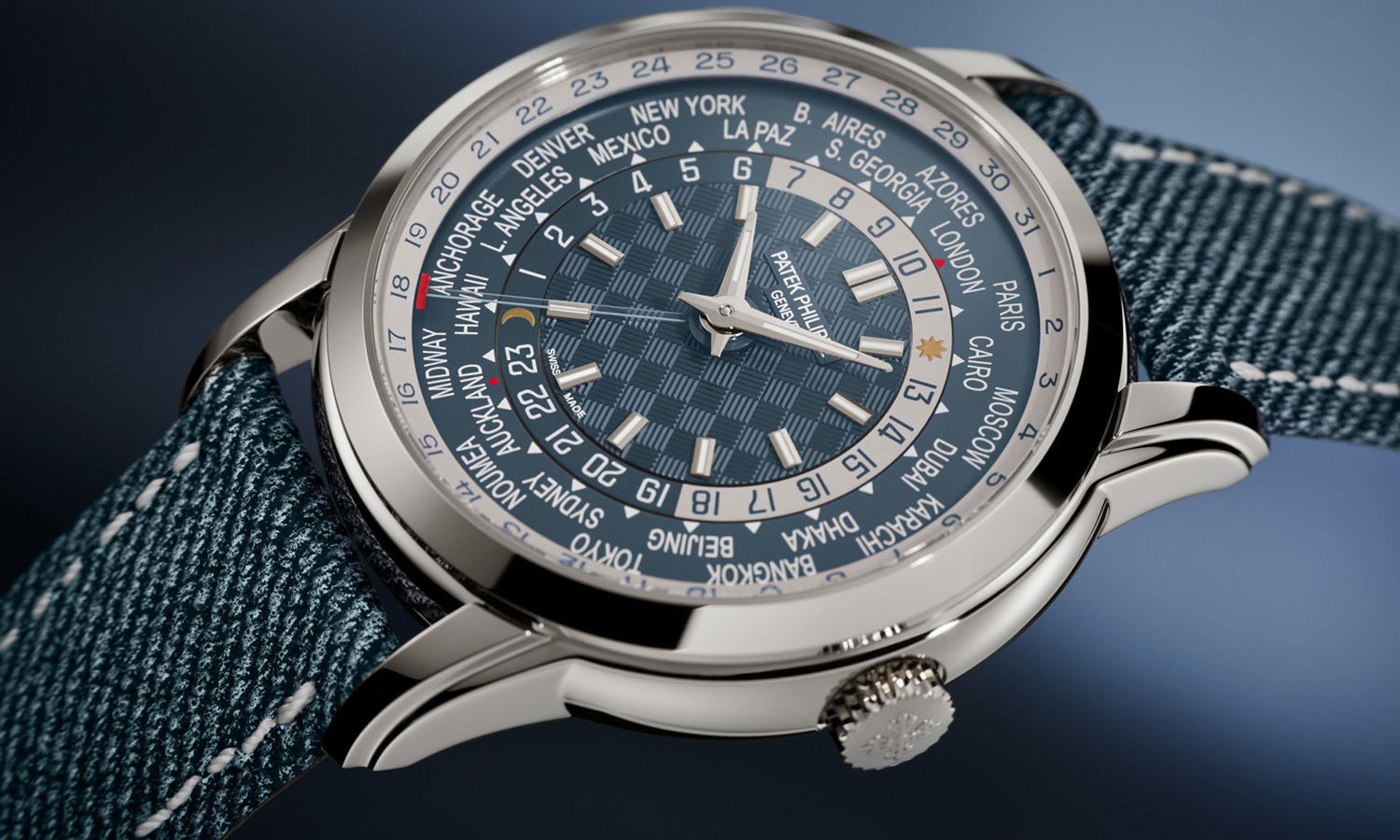
Throwback Thursday: Rolex Deep-Sea Special

Rolex has a special claim on timepiece water resistance, having created the Oyster and with it the concept of water resistance in 1926. The first Rolex Oyster had a case equipped with an ingenious (now standard in some form) system that included a bezel, caseback and winding crown that were screwed down onto the middle case. Not content with mere 50 or 100 meter water resistance (which Rolex achieved with the first Submariner in 1953), the company aimed for extreme water resistance. Hence, the Sea-Dweller 2000, launched in 1967, with water resistance to 2,000 feet (610 meters) and equipped with a helium escape valve. An experimental model of this first Sea-Dweller, called the Deep-Sea Special, was tested in 1960 by Swiss oceanographer Jacques Piccard and American Navy Lieutenant Don Walsh on a submarine called Trieste. The watch was descended to a record depth of 10,916 meters under the sea in the deepest part of the world’s oceans, known as Challenger Deep, in the Mariana Trench. A first in oceanic history. The watch surfaced after a nine-hour journey in perfect working condition.
In 1971, Rolex began supplying Sea-Dweller production models to the French undersea engineering company COMEX to equip its professional divers. In 1978, it followed up with the Sea-Dweller 4000, which could plunge safely to a depth of 4,000 feet (1,220 meters). A 2008 version of the Sea-Dweller was tested to 3,900 meters (about 12,800 feet) by a special hyperbaric tank, basically a pressure chamber, developed in collaboration with COMEX.
In 2012, Rolex created another experimental watch, the DeepSea Challenger, to accompany film-maker and explorer James Cameron on an expedition to the Challenger Deep. The watch was attached to the outside of Cameron’s submarine, which took it to a depth of 12,000 meters (35,787 feet), and emerged unscathed.
 SIGN UP
SIGN UP










